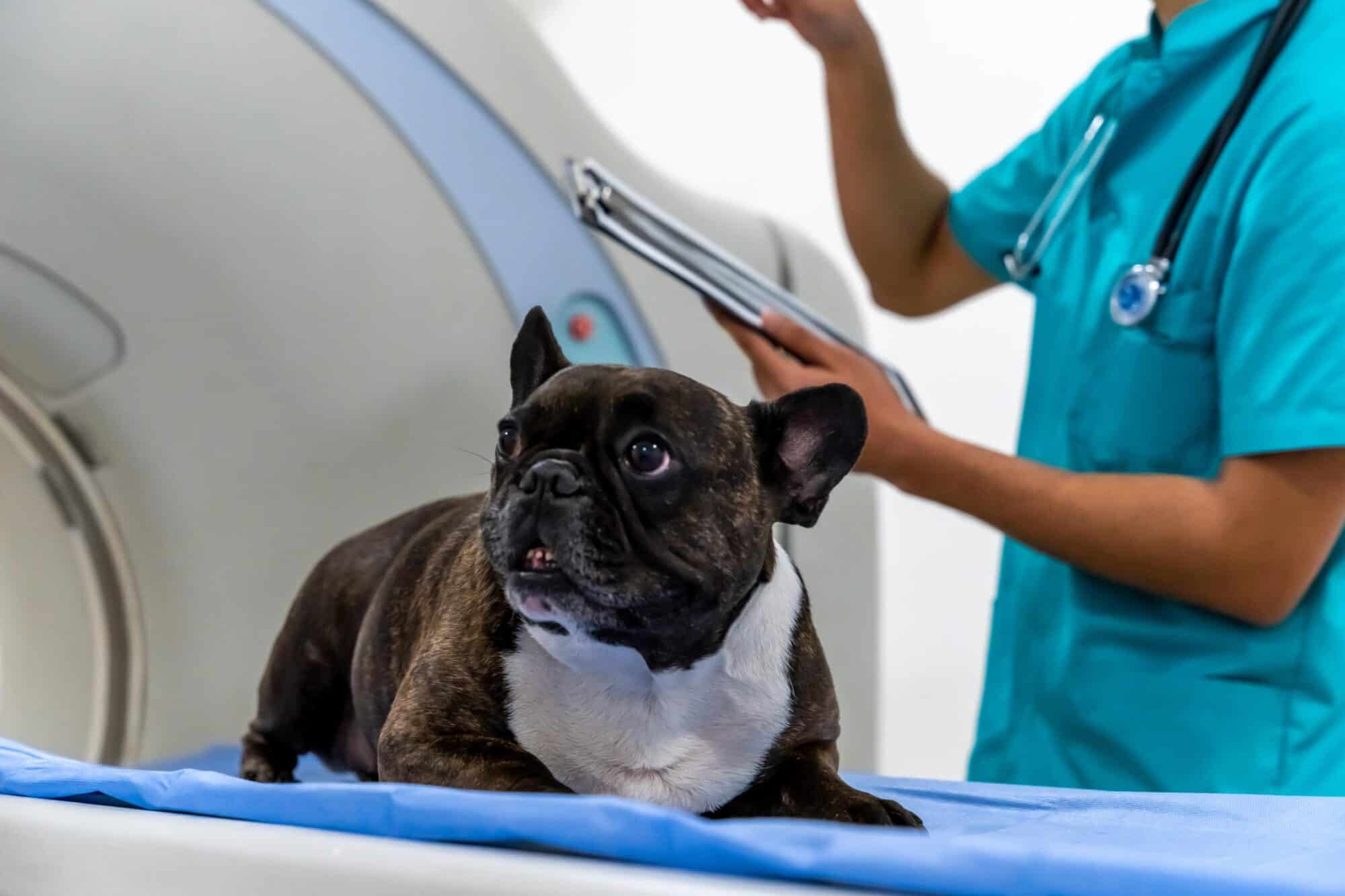Canine and Feline Stroke: Signs, Causes, and Emergency Treatments

Serious medical conditions like strokes in cats and dogs can be very scary. While, thankfully, somewhat uncommon, knowing the signs and options for stroke in pets can be quite helpful in an emergency situation when a dog or cat is afflicted. BEEVET Animal Hospital wants to be sure that you are prepared.
Why Strokes Happen
The brain is the center of everything that goes on in the body. It needs a pretty constant supply of nutrition in the form of oxygen delivered by the blood. Any time the blood flow is disrupted to part of the brain, this is termed a stroke.
Strokes in dogs and cats can be either hemorrhagic or ischemic. A hemorrhagic stroke occurs when an artery is damaged and bleeding, or other local changes to blood flow occur. This type of stroke leads to damage in a very local area of the brain. An ischemic stroke occurs when the blood supply to the brain itself is interrupted, usually due to some type of trauma, blood clot, or cancer metastasis.
Strokes can happen to any dog or cat, but they more commonly occur in middle aged to older pets.
Signs of Stroke
When a stroke occurs, the symptoms depend a bit on what part of the brain is affected. A few of the more common signs that could indicate a problem, though, include:
- Loss of coordination
- Walking in circles
- Holding head at a tilt
- Weakness or paralysis, usually of one side of the body
- Difficulty walking
- Loss of bladder or bowel control
- Confusion
- Changes in eye movement
- Seizure activity
- Behavioral changes
If you are worried that your pet may be suffering from a stroke, it is an emergent situation. Many other conditions can appear similarly, and it’s important for us to evaluate as soon as possible.
Treatment for Pet Strokes
There is no one specific treatment for pet strokes, but the sooner we recognize there is a problem, the better our chances of helping our pet patient.
Treatment centers on finding and fixing the underlying reason for the stroke where possible, and minimizing more damage. Support during recovery is also key.
Treatment for pet strokes may include medications to decrease inflammation and manage underlying conditions as well as rehabilitation therapy like range of motion therapy to aid recovery. Many affected patients also need supportive care like assistance using the bathroom and fluid therapy during their recovery.
Prognosis for recovery varies greatly on why the stroke occurred in the first place, overall severity of the condition, and how quickly intervention occurred.
Never hesitate to contact us if you think your pet might be sick. Being able to recognize that your pet is having trouble and alerting us right away can make a big difference in success.
